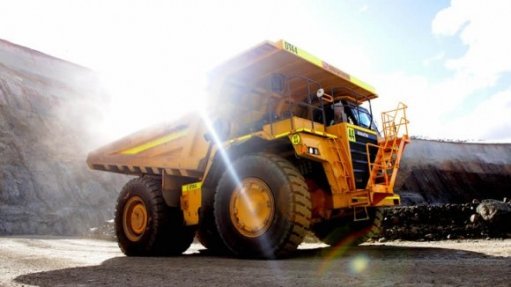
SYDNEY – A gradual pick-up in mining investment in Australia combined with solid export demand for the country's commodities will likely contribute to broader economic growth over the next year, a senior central bank economist said on Wednesday.
The resource sector accounts for 20% of Australia's business investment and almost 60% of the country's exports, making it a significant contributor to the A$1.9-trillion economy.
"Based on information we get from our liaison program and other sources, we expect that mining investment is probably around its trough and is likely to pick-up gradually over the next year or so," said Reserve Bank of Australia's (RBA) Head of Economic Analysis Alexandra Heath.
"Resource exports are also expected to contribute to GDP growth before plateauing at a new, higher level."
Heath, speaking in the country's mining centre of Perth, expects demand for construction-related resources to stay solid led by China, which currently is the destination for about 80% of Australian exports of iron-ore - a key ingredient in steel-making.
As China's population growth eases and the rates of industrialisation likely slows, demand for steel to build urban housing and infrastructure would reduce, Heath said, though demand in the manufacturing sector is still expected to hold up.
Large emerging economies such as India with faster population growth and lower rates of urbanisation could help fill the gap, she said.
"The Indian government has a goal to triple domestic steel production to around 300-million tonnes by 2030," she added.
"Even if somewhat slower growth is achieved, demand for imported coking coal from countries such as Australia could increase because India's coking coal reserves are small and tend to be of relatively low quality."
Heath also highlighted the need for the Australian economy to adapt to structural changes in the mining sector including increased automation and a global shift to clean energy sources.
"Looking slightly deeper into the crystal ball, changes in the demand for different types of skills are likely to continue as electric mining equipment and vehicles become more commonplace, and robots replace human miners, especially in more dangerous environments," she said.
"There are a lot of opportunities for business and the education sector to work together in this area."